Home>diy>Building & Construction>What Are Stringers In Construction
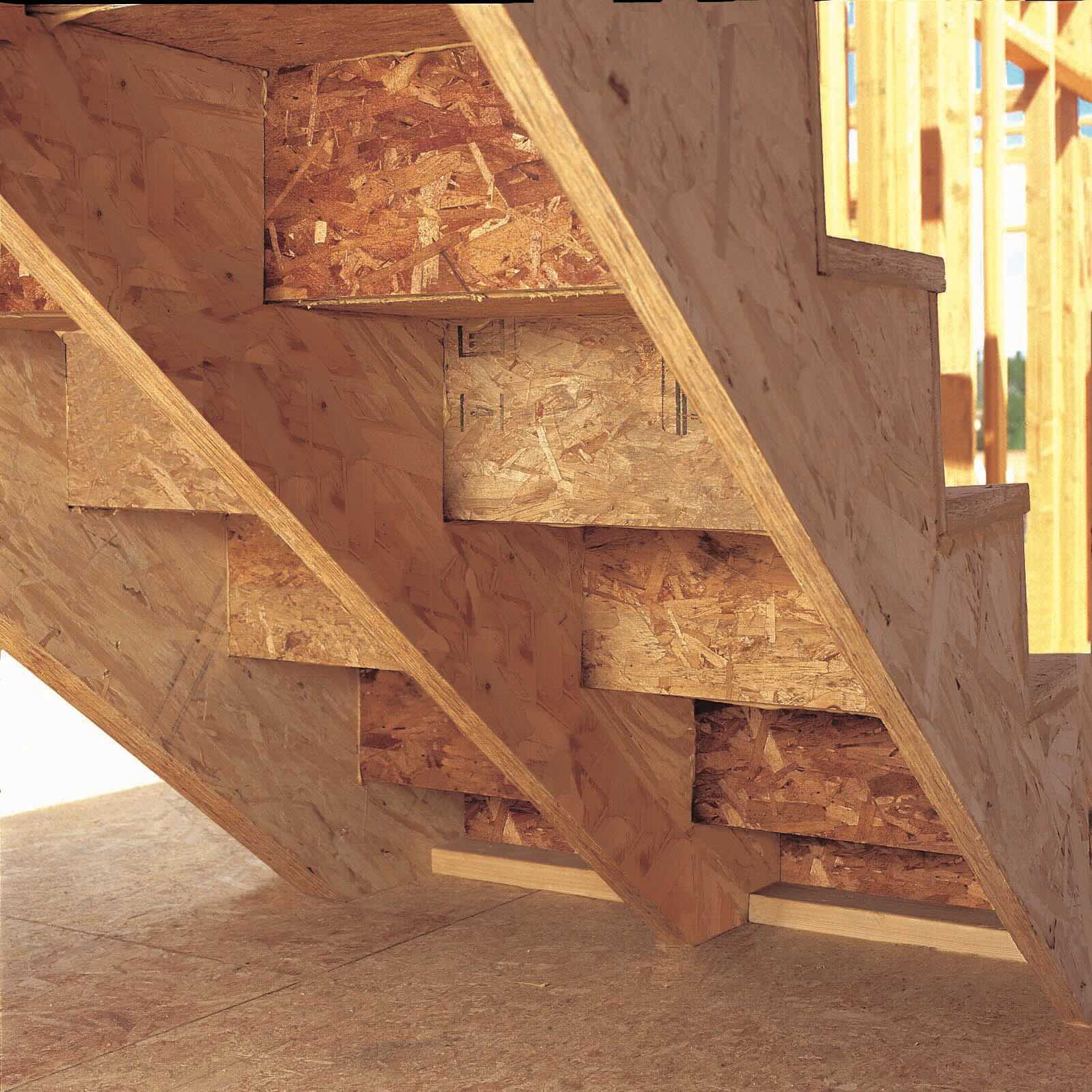

Building & Construction
What Are Stringers In Construction
Modified: December 7, 2023
Learn what stringers are in building construction and how they are used to provide support and stability. Find out their importance in the structural integrity of a building.
(Many of the links in this article redirect to a specific reviewed product. Your purchase of these products through affiliate links helps to generate commission for Storables.com, at no extra cost. Learn more)
Introduction
In the world of construction, every detail matters. From the foundation to the finishing touches, every component plays a crucial role in ensuring the structural integrity and longevity of a building. One such essential element is the stringer. In simple terms, stringers are the horizontal or diagonal supports that provide stability and strength to various architectural structures, such as staircases, bridges, and decks.
When it comes to construction, stringers serve as the backbone, supporting the weight and load of the structure. They are designed to distribute the weight evenly, preventing any excessive stress on the building components. Understanding the role and significance of stringers can significantly contribute to the successful completion of any construction project.
In this article, we will delve into the world of stringers, exploring their purpose, types, materials used, installation process, and the importance they hold in construction. Whether you are a professional builder or simply curious about the intricacies of construction, this article will provide valuable insights into the world of stringers.
Key Takeaways:
- Stringers are essential for providing structural support, load distribution, and stability in construction, ensuring the safety and longevity of architectural structures such as staircases, decks, and bridges.
- Careful design, material selection, and installation of stringers are crucial to prevent common issues such as sagging, moisture damage, corrosion, and design incompatibility, ensuring the ongoing performance of the structure.
Read more: What Is Stringer On Stairs
Definition of Stringers
Stringers can be defined as the structural elements that support the treads and risers of staircases, as well as the deck boards of outdoor decks and the beams of bridges. They are typically long, narrow pieces of wood, steel, or concrete that run along the length of the structure, providing stability and load-bearing capacity.
In the context of staircases, stringers are the inclined supports that hold the weight of the treads (the horizontal steps) and risers (the vertical components that separate the steps). In deck construction, stringers are the horizontal supports that attach to the beams and provide the framework for the deck boards to sit on. In bridge construction, stringers are the horizontal beams that support the bridge deck.
Stringers are designed to bear the weight of the structure and transfer it to the underlying supports, such as the foundation or beams. They are strategically placed to ensure structural integrity and prevent sagging, excessive deflection, or failure of the construction. Depending on the specific requirements of the project, stringers may be positioned at regular intervals or customized to suit the design and load-bearing capacity needs.
The size and dimensions of stringers vary depending on the construction specifications and the intended use of the structure. They can range from small-sized stringers for residential stairs to large, heavy-duty stringers for commercial or industrial applications. The material used for stringers is carefully selected based on factors such as strength, durability, cost-effectiveness, and compatibility with the overall design.
Overall, stringers are the backbone of various architectural structures, providing stability, support, and load-bearing capacity. Understanding their role and importance is crucial for ensuring safe and structurally sound construction.
Purpose of Stringers in Construction
Stringers play a vital role in construction, serving several important purposes:
- Structural Support: The primary purpose of stringers is to provide structural support to various architectural elements, such as staircases, decks, and bridges. They distribute the weight and load evenly, ensuring the stability and integrity of the overall structure. By bearing the weight and transferring it to the underlying supports, stringers prevent sagging, excessive deflection, and potential failure of the construction.
- Load Distribution: Stringers are designed to distribute the weight and load of the structure and prevent concentrated stress on specific areas. They help evenly distribute the load to the underlying supports, such as the foundation or beams, minimizing the risk of structural damage and ensuring longevity.
- Safety: Stringers contribute to the safety of the construction by providing a stable and secure base for stairs, decks, and bridges. They help prevent accidents caused by instability or structural failure, ensuring the well-being of individuals using these structures.
- Aesthetic Appeal: While primarily functional, stringers also contribute to the aesthetic appeal of the construction. They can be customized and designed to complement the overall architectural design and style of the building, enhancing its visual appeal and overall attractiveness.
- Flexibility in Design: Stringers offer flexibility in the design process. They can be shaped and positioned to accommodate different architectural styles, stair configurations, and load-bearing requirements. This flexibility enables architects and builders to create unique and customized structures that meet both functional and design objectives.
It is important to note that the exact purpose and design considerations for stringers can vary depending on the specific construction project. Factors such as the type of structure, intended use, load-bearing requirements, building codes, and material selection all influence the purpose and design of stringers. Therefore, it is crucial to consult with professionals and adhere to industry standards to ensure the proper utilization of stringers in construction.
Types of Stringers
Stringers in construction come in various types, each designed to meet specific structural requirements and aesthetic preferences. Here are some common types:
- Single Stringer: As the name suggests, a single stringer is a single beam or support that runs along the length of the structure. It is often used in modern and contemporary designs, providing a sleek and minimalist look. Single stringers are commonly found in staircase construction, where they offer a clean and open appearance.
- Double Stringer: A double stringer consists of two parallel beams or supports running side by side. This type of stringer provides increased stability and load-bearing capacity compared to a single stringer. Double stringers are often used when constructing heavy-duty staircases or structures that require added strength.
- Box Stringer: A box stringer is a hollow rectangular or square-shaped support system used for stairs or decks. It provides excellent strength and rigidity while also offering a visually appealing design. Box stringers are commonly made of steel or wood and can be customized to suit the design requirements.
- Sawtooth Stringer: Sawtooth stringers are characterized by a repeating triangular profile along their length, resembling the teeth of a saw. This type of stringer is often used for bridges and elevated structures, as it offers increased strength, stability, and visual interest.
- Solid Stringer: A solid stringer is a traditional type of stringer that consists of a single piece of wood or metal. It provides substantial support and stability to staircases and other structures. Solid stringers are often used in traditional or rustic designs, offering a classic and timeless look.
These are just a few examples of the types of stringers commonly used in construction. The specific type of stringer chosen for a project depends on factors such as the load-bearing requirements, design aesthetics, budget, and structural considerations. It is important to consult with professionals to determine the most appropriate type of stringer for a specific construction project.
Materials Used for Stringers
Stringers in construction can be made from a variety of materials, each offering different benefits and considerations. The choice of material depends on factors such as structural requirements, design aesthetics, durability, and cost. Here are some common materials used for stringers:
- Wood: Wood is a popular choice for stringers due to its versatility, availability, and aesthetic appeal. Common types of wood used for stringers include pine, oak, cedar, and redwood. Wood stringers can be easily customized and shaped to fit specific design requirements. However, it is important to note that wood stringers may require regular maintenance and protection against moisture, insects, and rot.
- Steel: Steel stringers are valued for their strength, durability, and load-bearing capacity. They offer excellent structural support and require minimal maintenance. Steel stringers can be fabricated to precise specifications, making them suitable for heavy-duty applications. However, steel stringers are typically more expensive than wood and may require additional measures to prevent corrosion.
- Concrete: Concrete stringers are commonly used in larger-scale construction projects, such as bridges and commercial buildings. Concrete offers exceptional strength and durability, making it suitable for heavy loads and harsh environments. Concrete stringers are often formed using precast molds or poured on-site, allowing for customization and seamless integration with other structural components.
- Composite Materials: Composite materials, such as fiberglass-reinforced polymer (FRP), are gaining popularity in construction due to their durability, resistance to corrosion, and design flexibility. Composite stringers offer high strength-to-weight ratios, making them suitable for a variety of applications. Additionally, they require minimal maintenance and can be molded to achieve different shapes and profiles.
When selecting the material for stringers, it is important to consider factors such as the intended use of the structure, the environmental conditions, the budget, and the overall design requirements. Consulting with professionals and adhering to industry standards will help ensure the proper selection and installation of stringers in construction.
Read more: How To Calculate Stair Stringers
Installation and Construction Process of Stringers
The installation and construction process of stringers requires careful planning and precise execution to ensure the structural integrity and safety of the building. Here are the key steps involved in installing stringers:
- Design and Measurement: The first step in the installation process is to design the stringers based on the specific requirements of the project. This involves considering factors such as the type of structure, space available, load-bearing capacity, and building codes. Accurate measurements are taken to determine the length, width, and height of the stringers.
- Material Selection: Once the design and measurements are finalized, the appropriate material for the stringers is selected. This decision is based on factors such as strength, durability, aesthetics, and cost-effectiveness.
- Cutting and Shaping: If using wood or composite materials, the stringers are cut and shaped according to the design specifications. This may involve using saws, routers, or other cutting tools to achieve the desired dimensions and angles.
- Fixing Stringers: The stringers are then positioned and fixed in place. This can involve attaching them to the underlying supports, such as the foundation or beams, using appropriate fasteners, brackets, or adhesives. The stringers are secured firmly to ensure stability and support.
- Installation of Treads and Risers: In the case of stair construction, treads (horizontal steps) and risers (vertical components) are installed on the stringers. These can be made of various materials such as wood, metal, or composite. They are securely fastened to the stringers to provide a sturdy and safe staircase structure.
- Finishing Touches: Once the stringers, treads, and risers are in place, finishing touches are applied. This may include sanding the wood surfaces, applying protective coatings or paint, and ensuring all edges and joints are smooth and even.
It is crucial to follow industry best practices and local building codes during the installation and construction process to ensure compliance, safety, and structural integrity. Consulting with professionals, such as architects, engineers, and experienced contractors, can provide valuable guidance and expertise throughout the process. Additionally, regular inspections and maintenance should be performed to ensure the longevity and performance of the stringers in the construction.
Stringers in construction are structural components that provide support and stability to stairs, floors, and other elevated surfaces. They are typically made of wood, steel, or concrete and are essential for ensuring the safety and integrity of the structure.
Importance of Stringers in Construction
Stringers play a crucial role in the construction of various architectural structures, offering several key benefits and ensuring the overall integrity and safety of the building. Here are some important reasons why stringers are essential in construction:
- Structural Stability: Stringers provide crucial structural support to the building, distributing the weight and load evenly to the underlying supports. They help prevent sagging, excessive deflection, and potential failure of the construction. The presence of stringers ensures that the structure remains stable and secure.
- Load Distribution: Stringers effectively distribute the weight and load of the structure, preventing concentrated stress on specific areas. By evenly distributing the load to the foundation or beams, stringers minimize the risk of structural damage and ensure longevity.
- Safety: Stringers significantly contribute to the safety of the construction. By providing a stable and secure base for stairs, decks, and bridges, they help prevent accidents caused by instability or structural failure. Stringers ensure the well-being of individuals using these structures by offering stability and support.
- Longevity: With proper installation and maintenance, stringers enhance the longevity of the construction. By evenly dispersing the weight and load, they reduce the stress on individual components, minimizing wear and tear. Stringers also serve as a protective layer, preventing excessive moisture or pest damage to the underlying structure.
- Design Flexibility: Stringers offer flexibility in the design process. They can be customized and shaped to accommodate different architectural styles, stair configurations, and load-bearing requirements. This flexibility enables architects and builders to create unique and customized structures that meet both functional and design objectives.
- Aesthetic Appeal: While primarily functional, stringers also contribute to the overall aesthetic appeal of the construction. They can be designed to complement the architectural design and style, enhancing the visual appeal of staircases, decks, or bridges. Stringers can be finished with various materials and coatings to achieve a desired look and feel.
Overall, stringers are of paramount importance in construction. They provide essential structural support, ensure the even distribution of load and weight, enhance safety, promote longevity, allow for design flexibility, and contribute to the overall aesthetic appeal of the building. Understanding the importance of stringers is crucial for architects, builders, and construction professionals to ensure safe and structurally sound construction projects.
Structural Benefits of Stringers
Stringers offer several structural benefits that are essential for the stability and integrity of architectural structures. Here are some key advantages provided by stringers:
- Distribution of Load: One of the primary functions of stringers is to evenly distribute the weight and load of the structure. By dispersing the load to the underlying supports, such as the foundation or beams, stringers prevent concentrated stress on specific areas. This ensures that the structure can withstand the weight without experiencing excessive deflection or failure.
- Resistance to Sagging: Stringers play a crucial role in preventing sagging of staircases, decks, and bridges. They provide a strong, supportive framework that resists deflection under the weight of individuals, furniture, or other loads. The structural stability offered by stringers prevents the bending or sagging that could compromise the overall integrity and safety of the structure.
- Increased Load-Bearing Capacity: Stringers significantly enhance the load-bearing capacity of staircases, decks, and bridges. By effectively transferring the weight to the underlying supports, they enable the structure to support heavier loads and withstand greater stress. This is particularly important in commercial or industrial settings where heavy foot traffic or equipment usage is expected.
- Reduced Risk of Structural Damage: The proper utilization of stringers reduces the risk of structural damage. By evenly spreading the load, they minimize the strain on individual components, minimizing the likelihood of cracks, excessive wear, or failure. This ultimately improves the overall durability and longevity of the structure.
- Improved Stability and Support: Stringers provide essential stability and support to staircases, decks, and bridges. They serve as a solid backbone, ensuring that the structure remains steady and secure during use. This is critical for maintaining the safety of individuals using these structures and preventing accidents caused by instability or structural failure.
- Flexibility in Design: Stringers offer design flexibility in terms of both the structural layout and aesthetic elements. They can be customized to accommodate various architectural styles, stair configurations, and load-bearing requirements. This flexibility allows architects and builders to create unique and visually appealing structures that meet both functional and design objectives.
Stringers are integral to the successful construction of various architectural elements, providing structural benefits such as load distribution, resistance to sagging, increased load-bearing capacity, reduced risk of structural damage, improved stability and support, and flexibility in design. Builders and designers must consider the importance of incorporating stringers effectively to ensure safe, durable, and aesthetically pleasing structures.
Design Considerations for Stringers
When incorporating stringers into construction projects, several design considerations need to be taken into account to ensure optimal performance, functionality, and aesthetics. Here are some key design considerations for stringers:
- Structural Requirements: The design of stringers should align with the required structural specifications. Factors such as load-bearing capacity, anticipated foot traffic, and the weight of the structure itself must be considered. Adequate material selection and sizing of the stringers are crucial to meet these requirements.
- Building Codes and Regulations: Compliance with local building codes and regulations is essential when designing stringers. This includes factors such as dimensions, spacing, and safety standards. Adherence to these guidelines ensures the structural integrity, safety, and legal compliance of the construction project.
- Aesthetics: Stringers can contribute to the visual appeal of the structure. The design should align with the architectural style and overall aesthetics of the building. This may involve selecting the appropriate material, shape, and finish for the stringers to ensure a cohesive and visually pleasing appearance.
- Space Considerations: The available space for the construction project must be taken into account when designing stringers. This includes factors such as headroom, clearance, and stair step dimensions. Proper planning and measurement of the space will ensure the stringers fit seamlessly and do not obstruct movement or cause any safety hazards.
- Functional Requirements: The function of the structure should influence the design of the stringers. For example, the design of stringers for a residential staircase may differ from those used in a commercial setting. Considerations such as accessibility, convenience, and user experience should be incorporated into the design process.
- Material Selection: The selection of materials for stringers is crucial for both aesthetics and functionality. Factors such as strength, durability, cost, and maintenance requirements should be considered. Wood, steel, concrete, or composite materials can be selected based on the specific project requirements and constraints.
By carefully considering these design aspects, architects, engineers, and construction professionals can ensure that the stringers meet the necessary structural and aesthetic requirements of the project. Proper planning and collaboration among the project team will lead to successful integration of stringers into the overall construction design.
Read more: How To Make A Stringer For Stairs
Common Issues and Solutions when Using Stringers
While stringers are essential components in construction, they can encounter certain common issues. Understanding these issues and implementing appropriate solutions is crucial for ensuring the functionality and longevity of the structure. Here are some common issues and their potential solutions when using stringers:
- Sagging or Deflection: Over time, stringers may experience sagging or deflection due to excessive weight or inadequate support. To address this issue, proper material selection and sizing of the stringers are crucial. Using stronger materials or increasing the size and spacing of the stringers can help distribute the load more effectively.
- Moisture and Rot: If stringers are made of wood, they are susceptible to moisture absorption, leading to rot and decay. Regular maintenance and appropriate protective measures, such as applying sealants or coatings, can help mitigate this issue. Alternatively, using moisture-resistant materials like steel or composite can be a solution.
- Corrosion: Steel stringers are prone to corrosion, especially in outdoor or high-moisture environments. To prevent corrosion, applying protective coatings or using corrosion-resistant materials, such as stainless steel or galvanized steel, can be effective solutions.
- Improper Installation: Stringers must be properly installed to ensure structural stability. Improper installation can lead to various issues, such as instability or weakened load-bearing capacity. Engaging experienced professionals and following proper installation techniques based on industry standards are key to avoiding such issues.
- Inadequate Fastening: Insufficient or improper fastening of stringers can result in instability and compromised safety. Using appropriate fasteners, such as screws or bolts, and ensuring proper spacing and alignment during installation can address this issue. Additionally, following manufacturer guidelines and industry best practices for fastening methods is important.
- Design Incompatibility: Stringers that are not well-matched with the overall design of the structure can impact both aesthetics and functionality. Collaborating with architects and designers from the initial planning stages can help ensure that the design of the stringers aligns with the architectural style, space limitations, and functional requirements of the project.
Regular inspections, maintenance, and timely repairs are essential to addressing and preventing these issues from escalating. Monitoring the condition of stringers and promptly addressing any signs of damage or wear can significantly extend their lifespan and contribute to the overall safety and reliability of the construction project.
Conclusion
Stringers play a crucial role in the construction of various architectural structures, providing essential support, stability, and load-bearing capacity. From staircases to decks and bridges, stringers serve as the backbone of these structures, ensuring their structural integrity and longevity.
Understanding the importance of stringers in construction is essential for architects, builders, and construction professionals. Proper design and installation of stringers can prevent issues such as sagging, instability, and structural failure. By evenly distributing the weight and load, stringers minimize stress on individual components and enhance the overall safety and functionality of the construction.
When incorporating stringers into construction projects, several factors must be considered. This includes selecting the appropriate material, designing stringers to meet structural requirements and aesthetic preferences, complying with building codes and regulations, and ensuring proper installation techniques are followed.
It is crucial to address common issues that can arise with stringers, such as sagging, moisture damage, corrosion, improper installation, inadequate fastening, and design incompatibility. Regular inspections, maintenance, and timely repairs are key to mitigating these issues, prolonging the lifespan of the stringers, and ensuring the ongoing performance of the structure.
In conclusion, stringers are integral components in construction, providing structural support, load distribution, and stability to various architectural elements. By understanding their purpose, design considerations, and potential issues, builders and designers can ensure safe, durable, and aesthetically pleasing structures that stand the test of time.
Frequently Asked Questions about What Are Stringers In Construction
Was this page helpful?
At Storables.com, we guarantee accurate and reliable information. Our content, validated by Expert Board Contributors, is crafted following stringent Editorial Policies. We're committed to providing you with well-researched, expert-backed insights for all your informational needs.

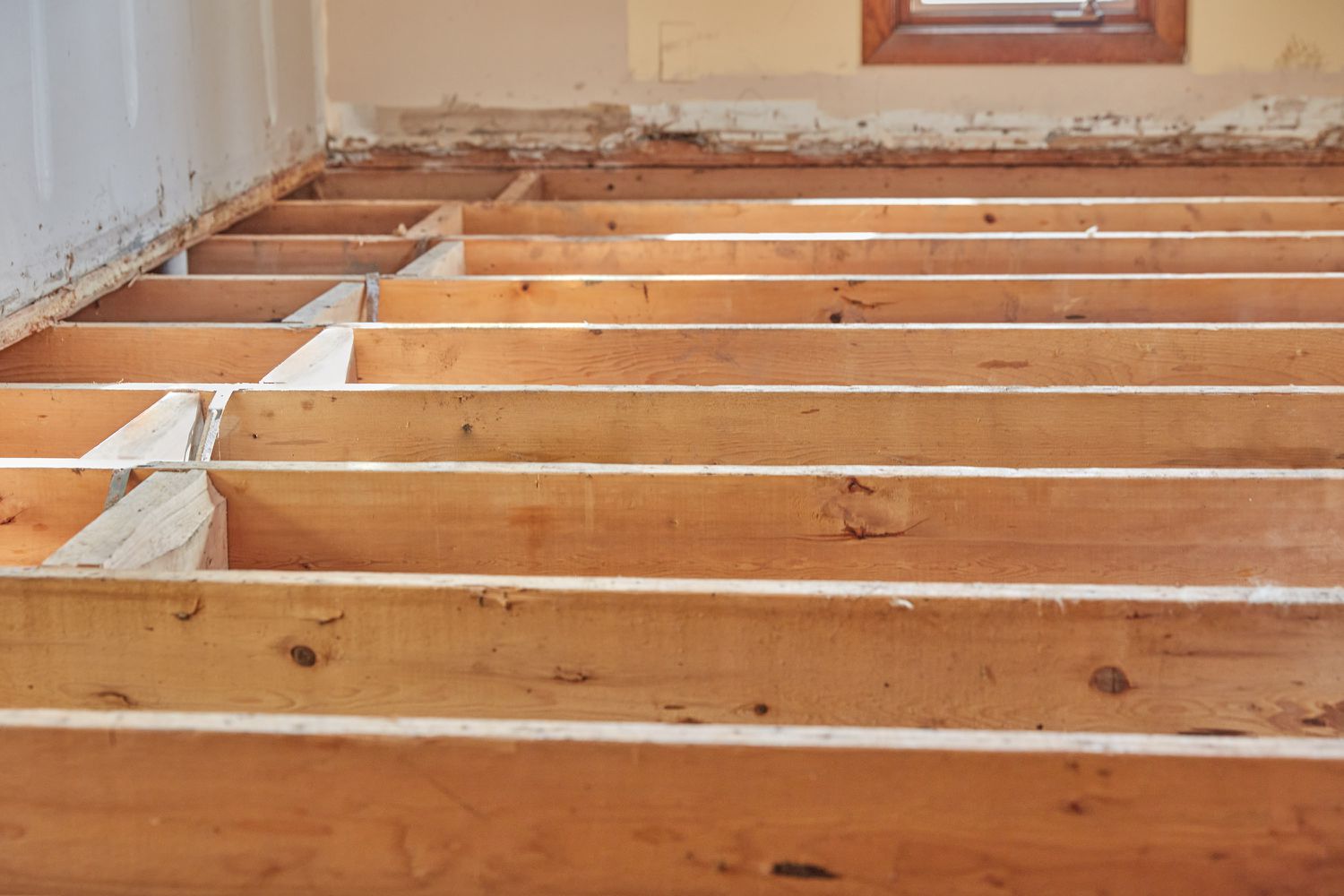


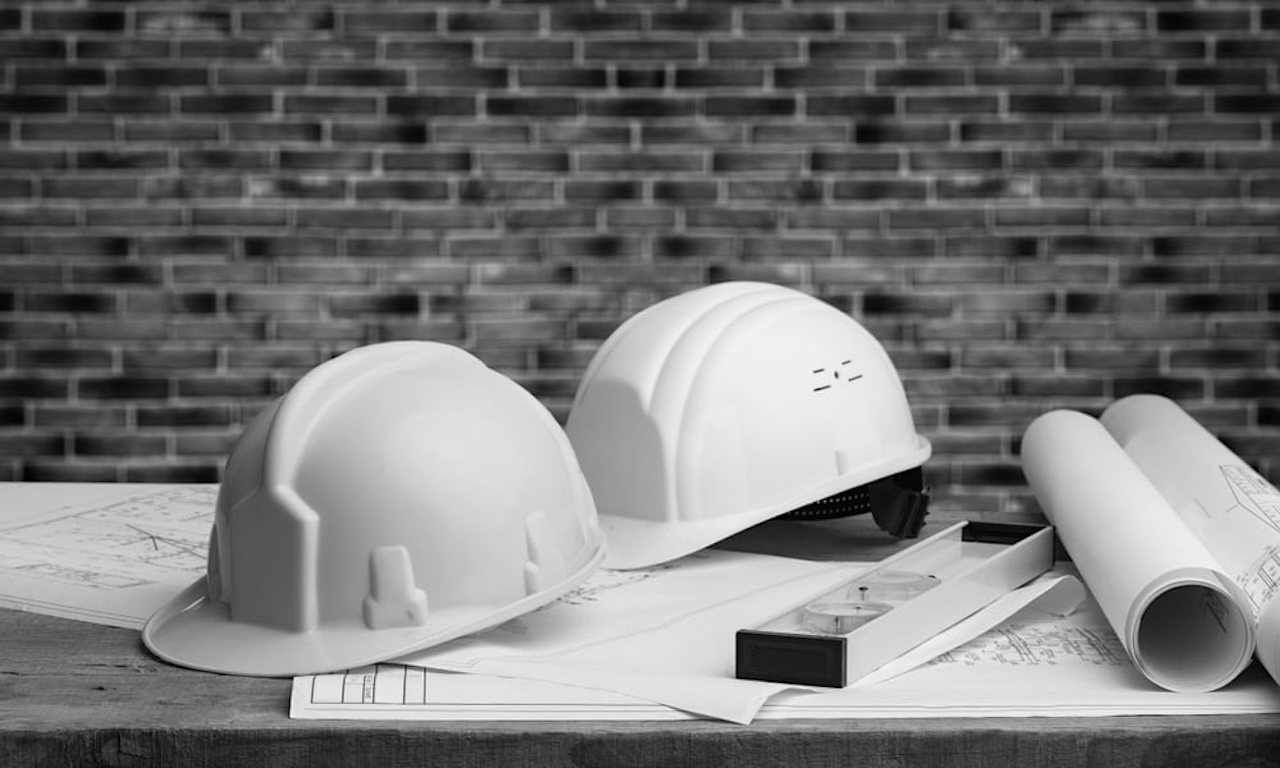
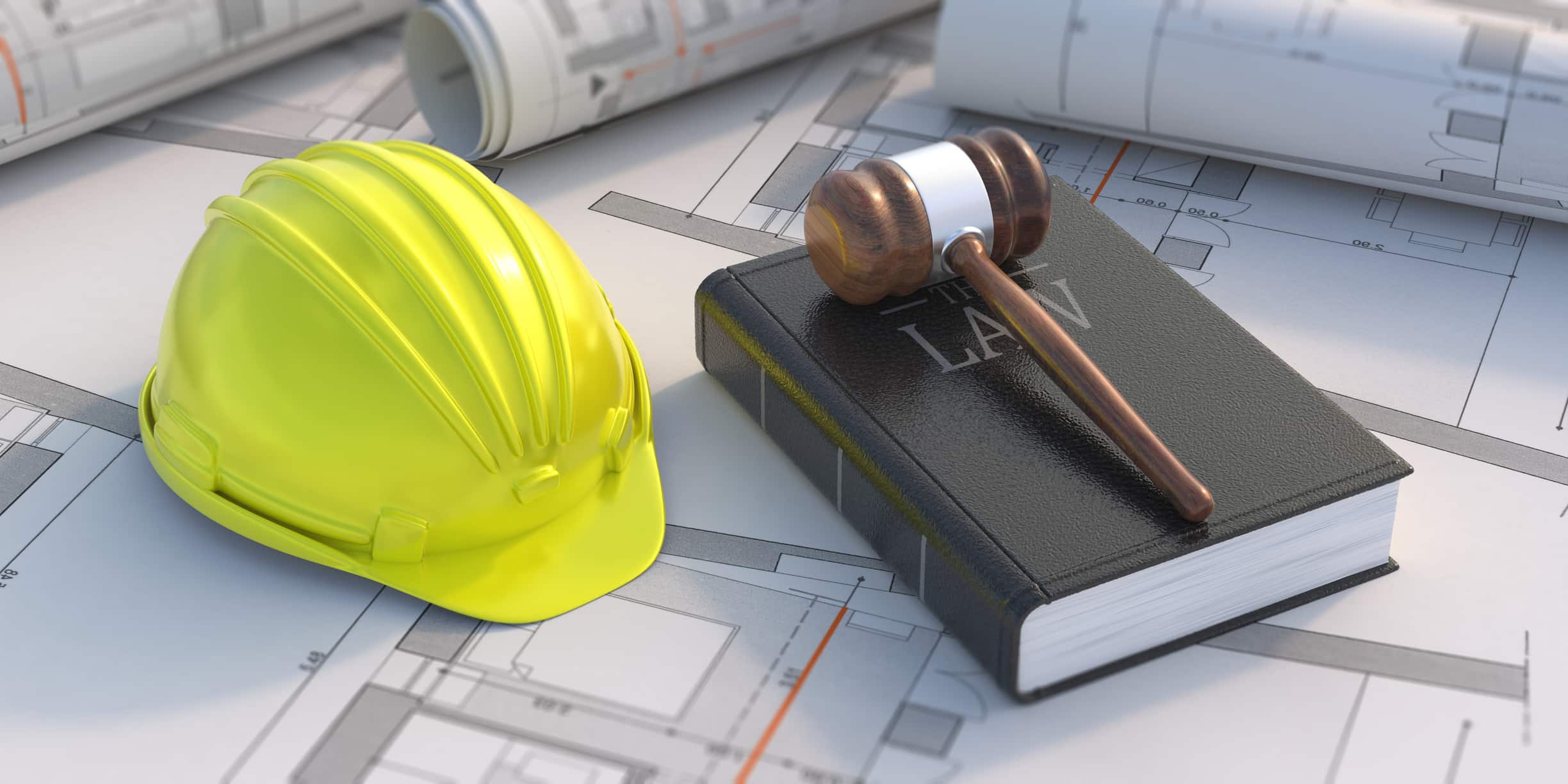

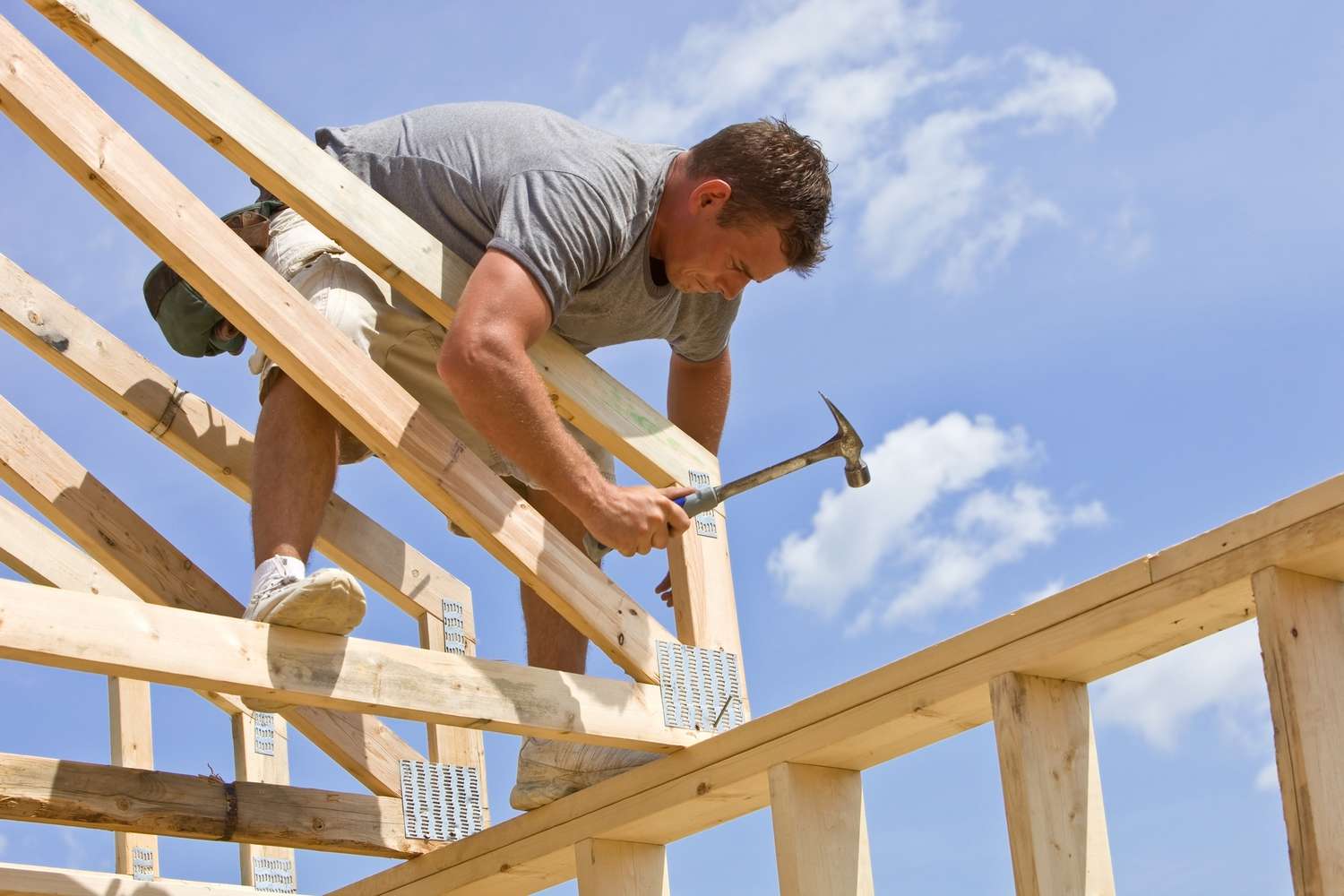

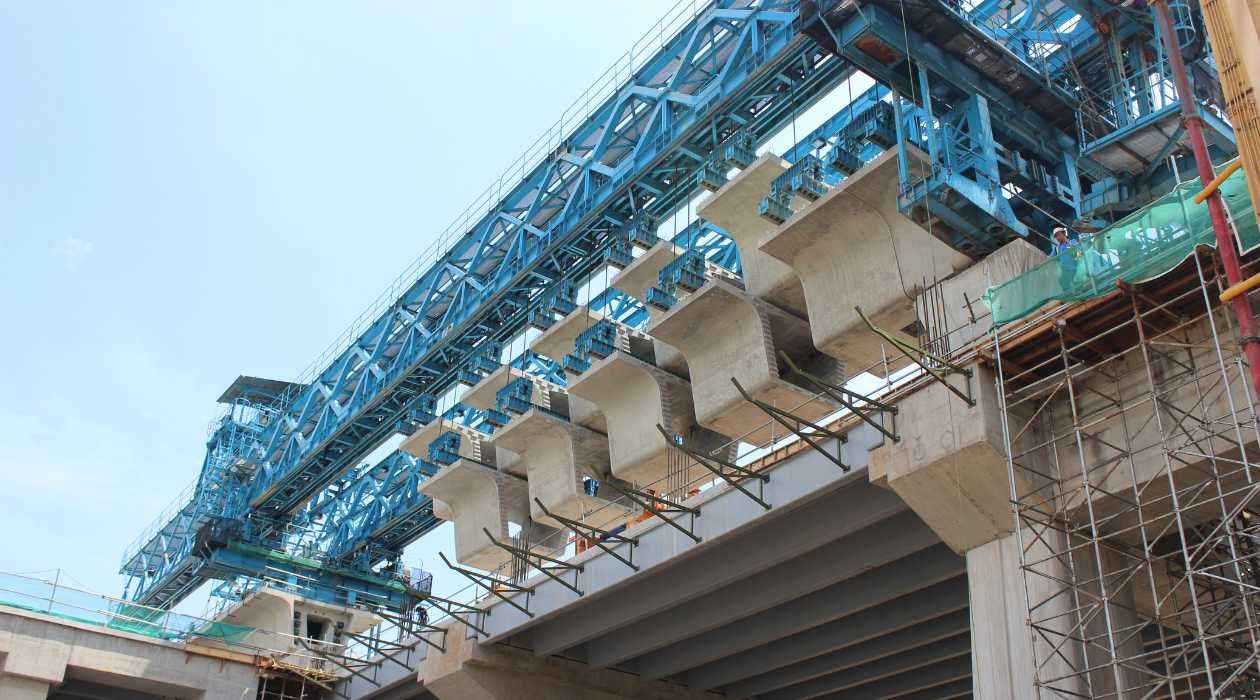
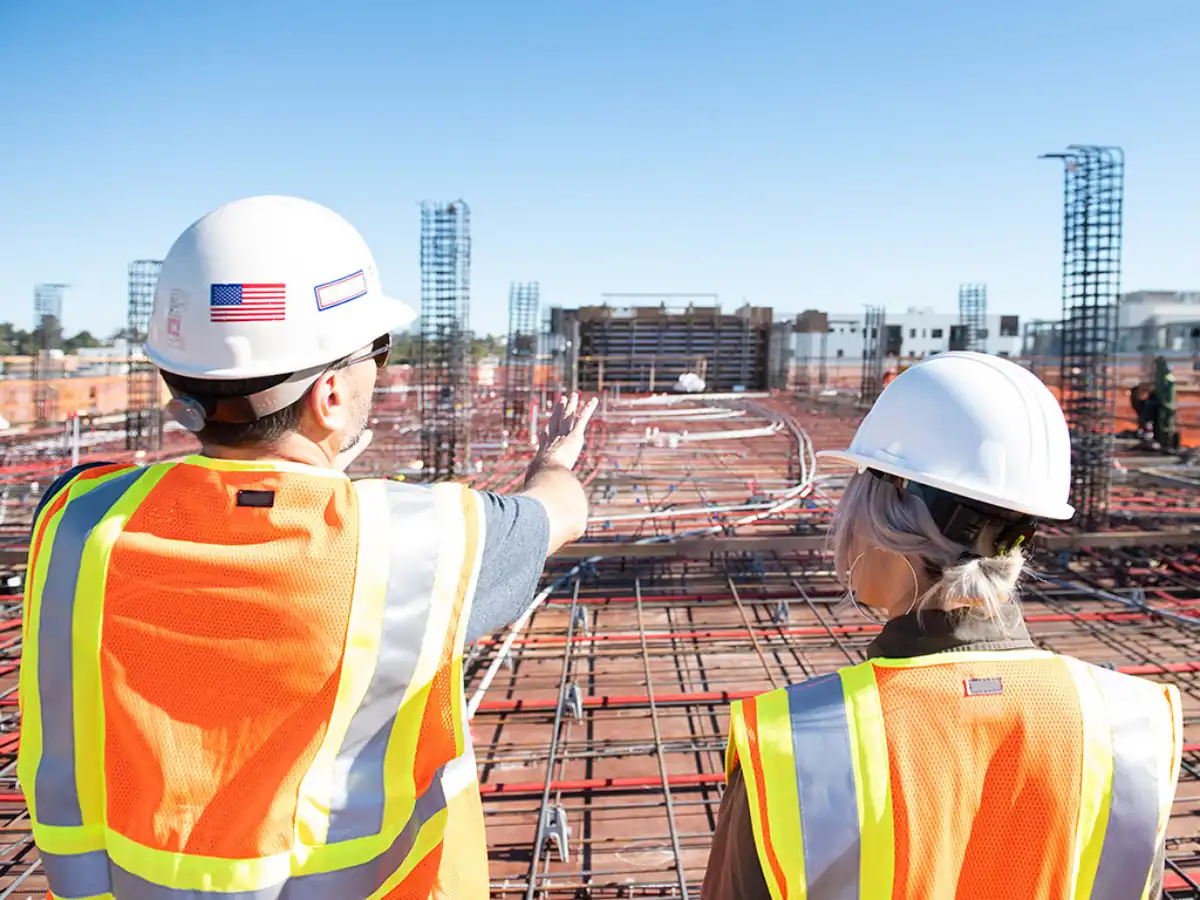

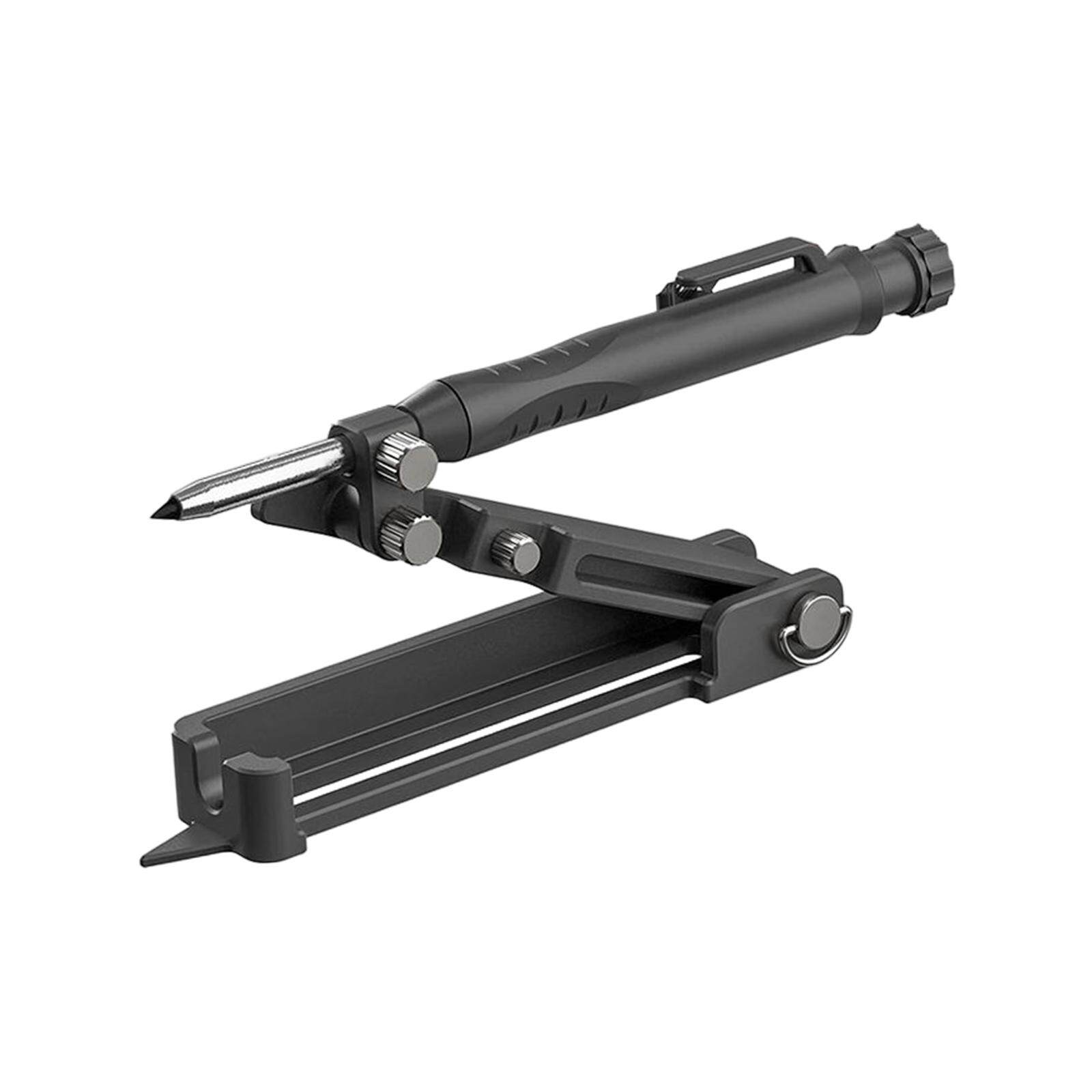

0 thoughts on “What Are Stringers In Construction”